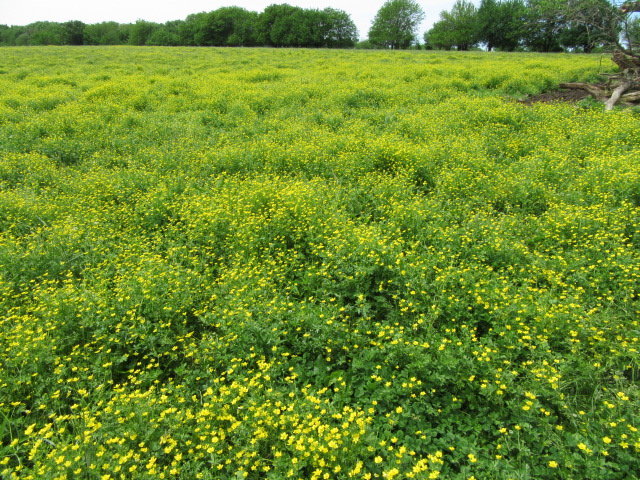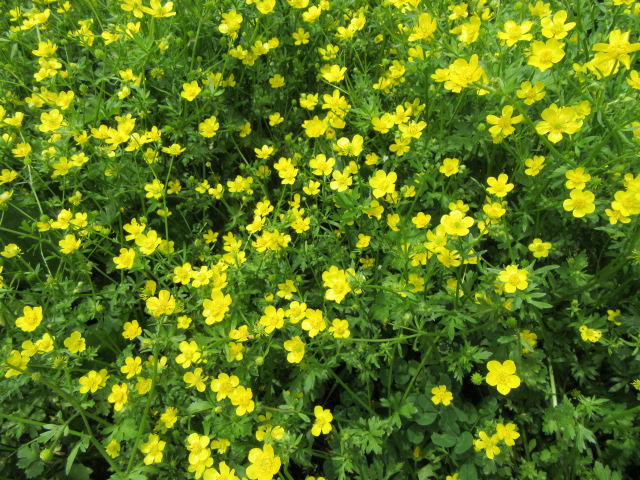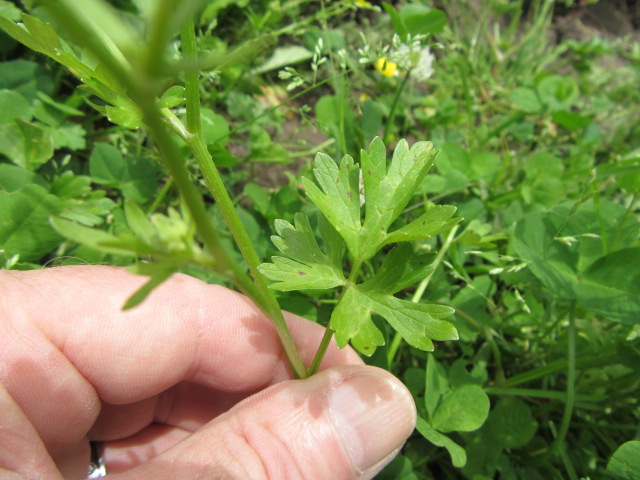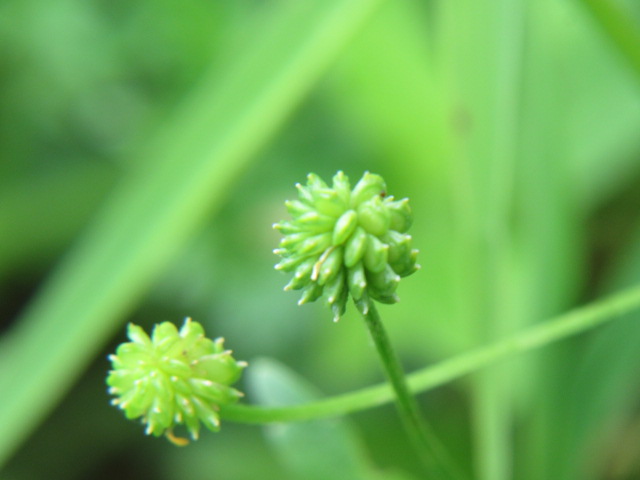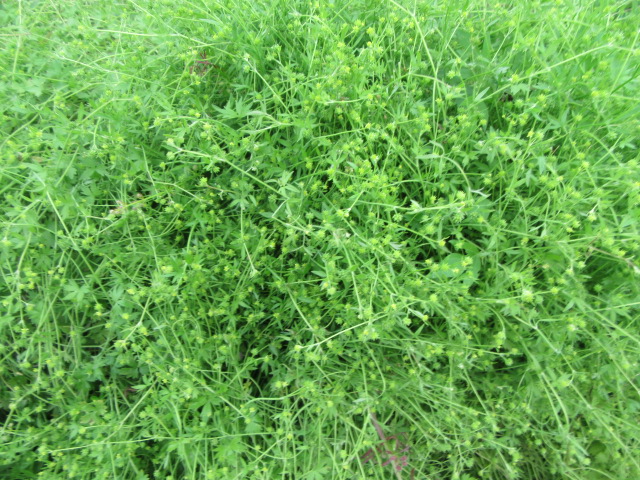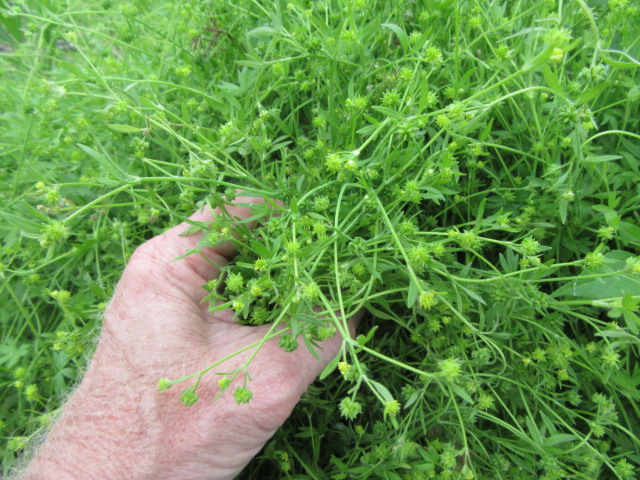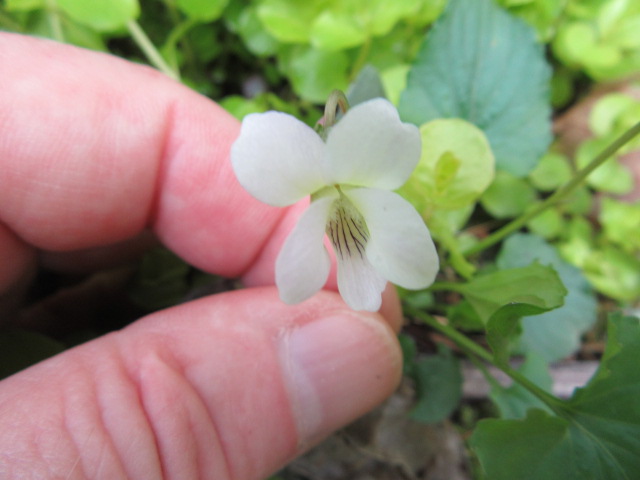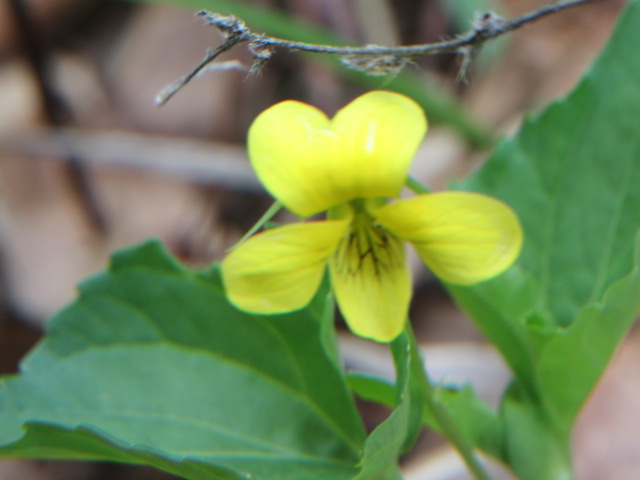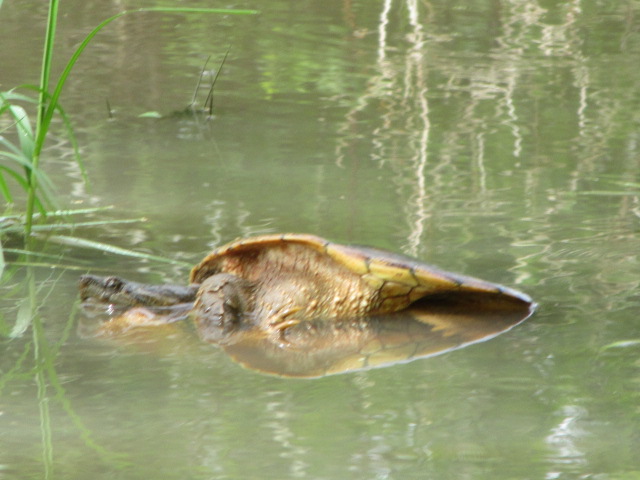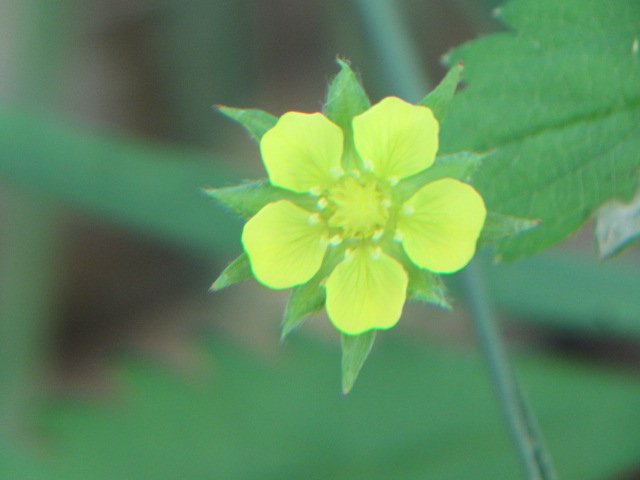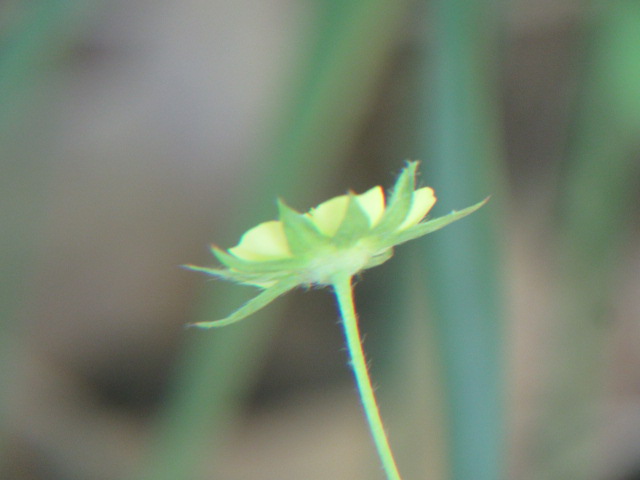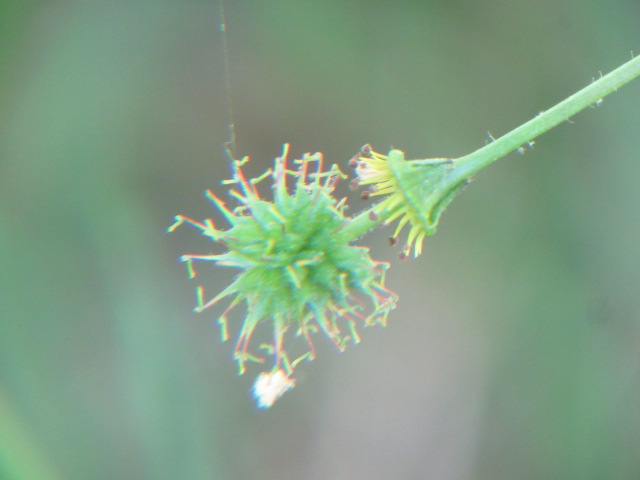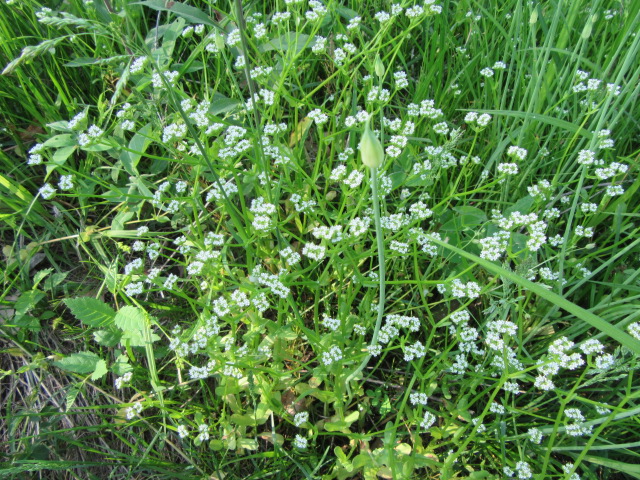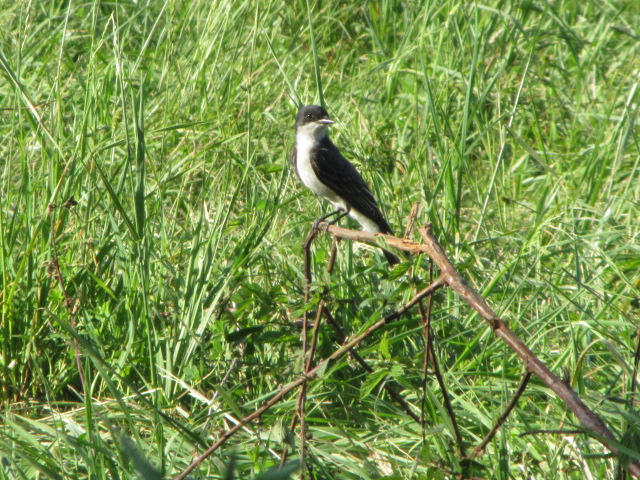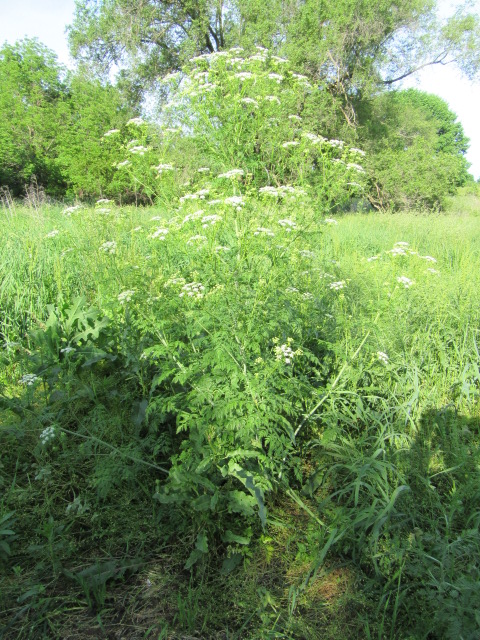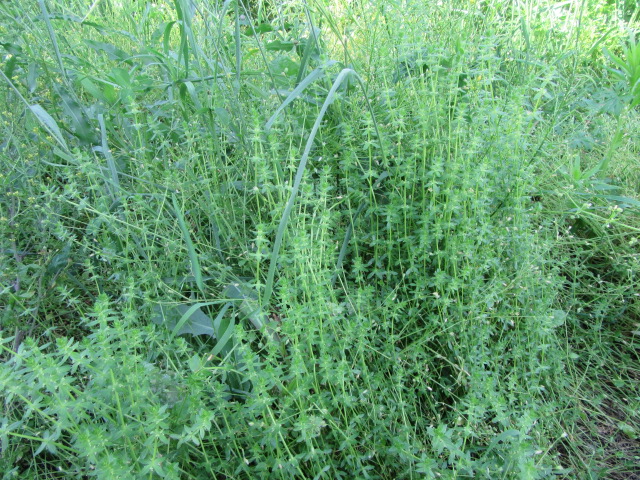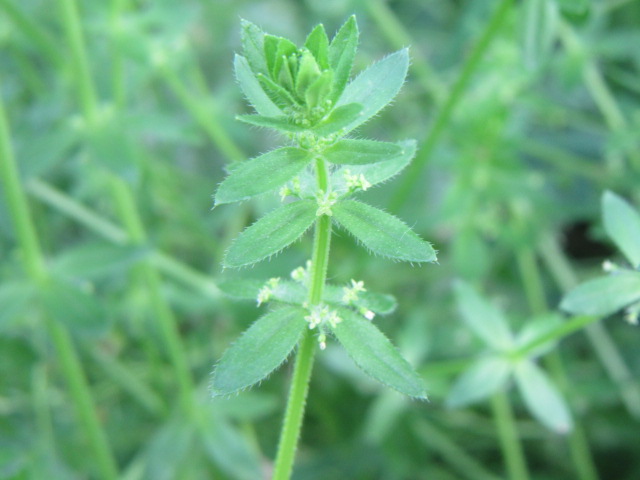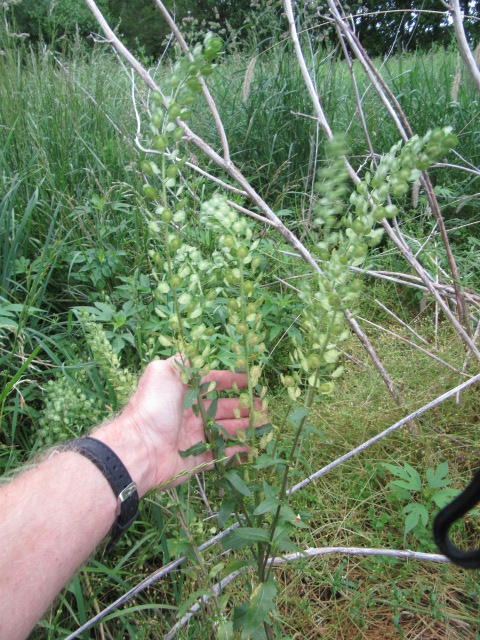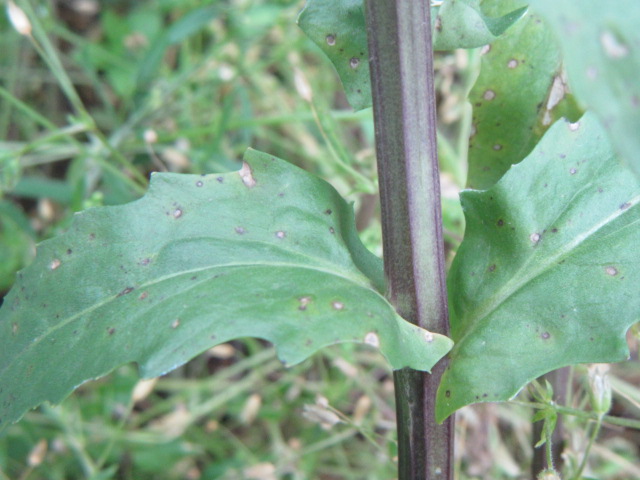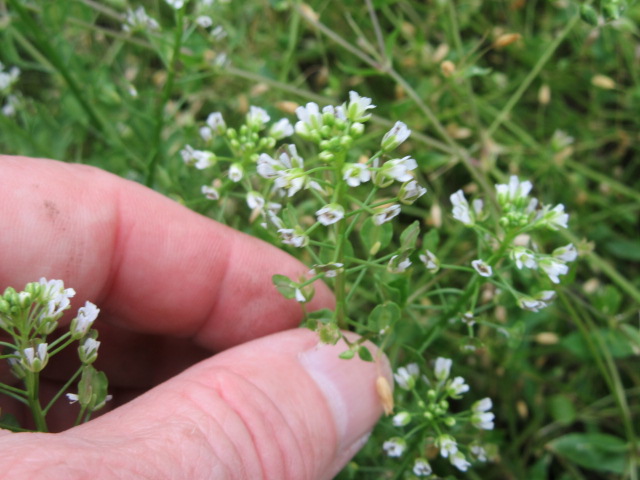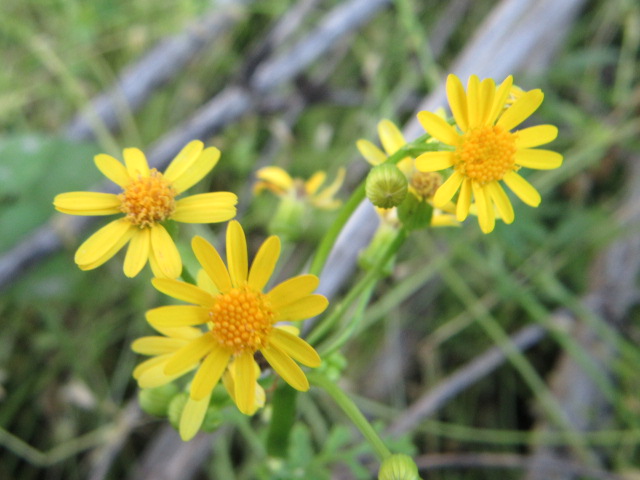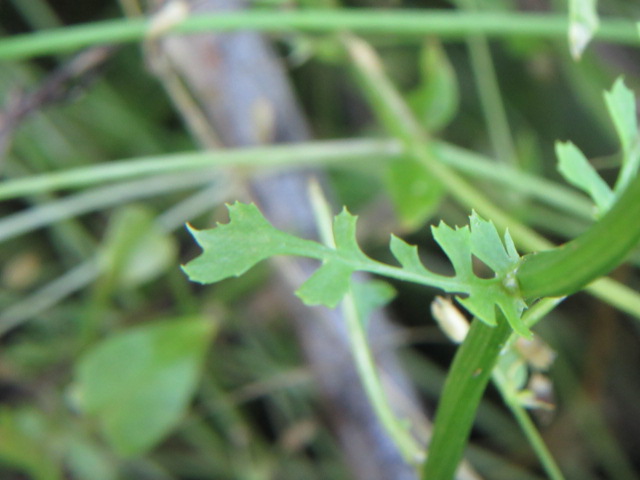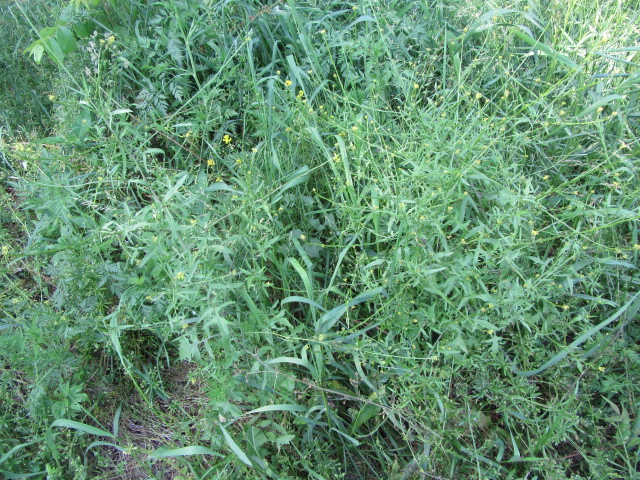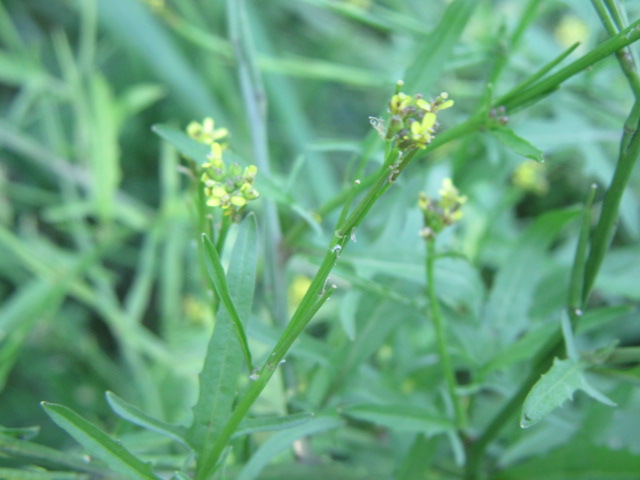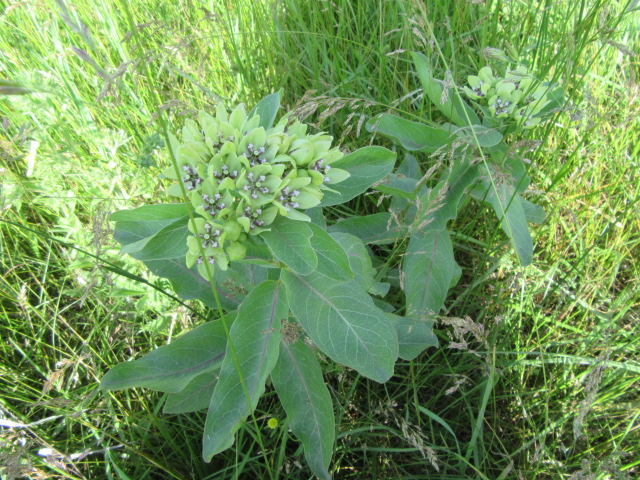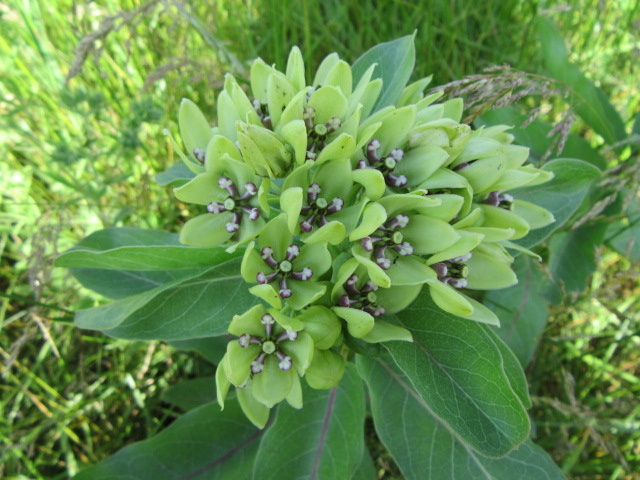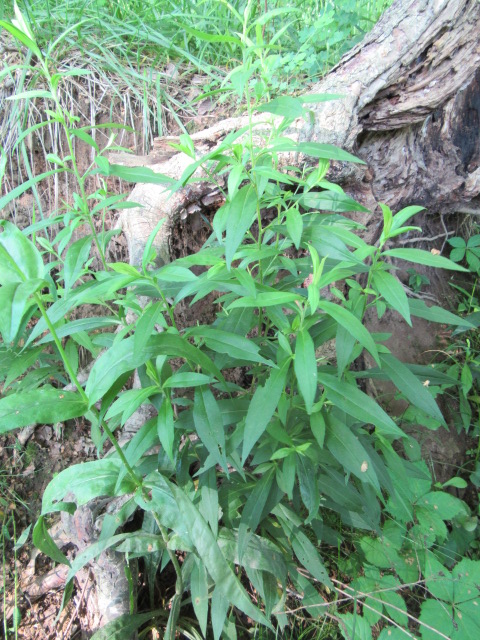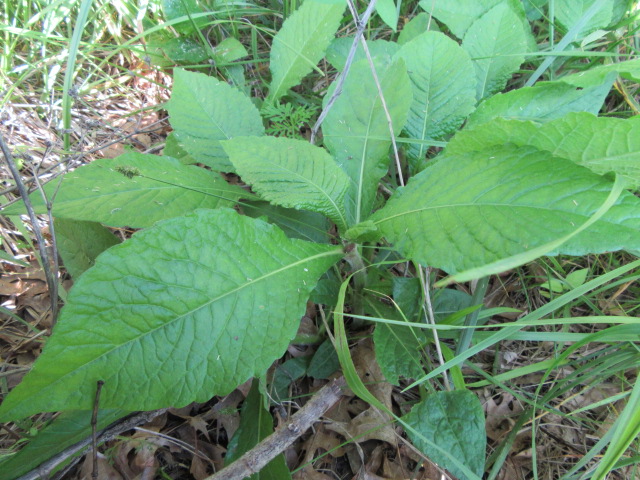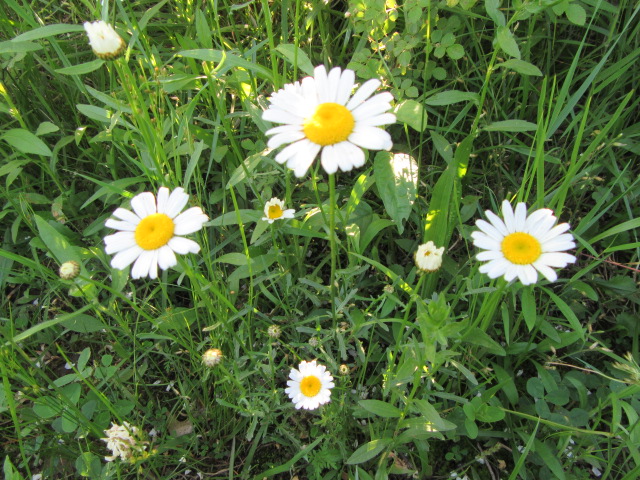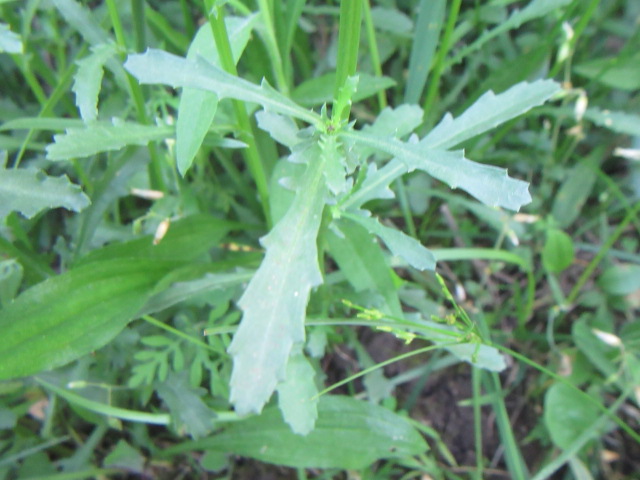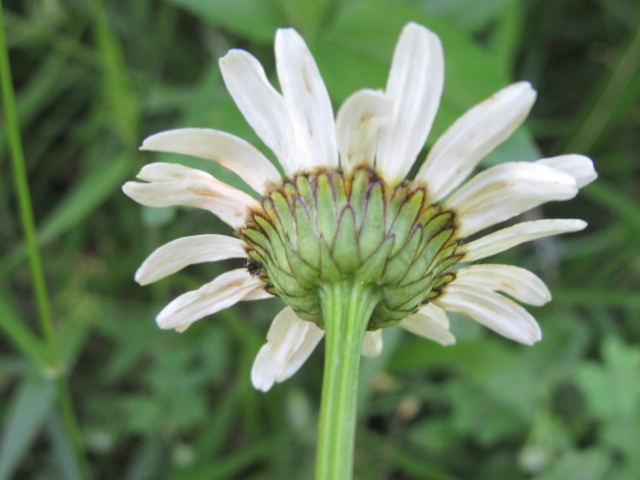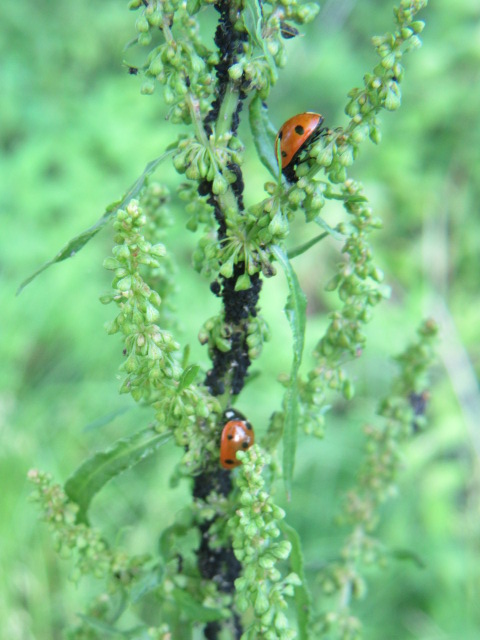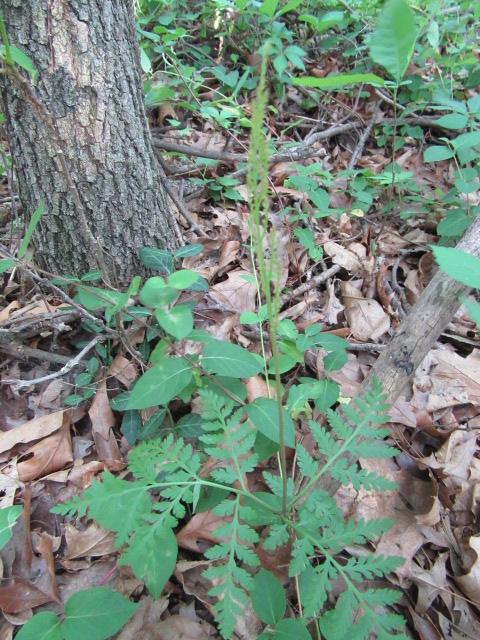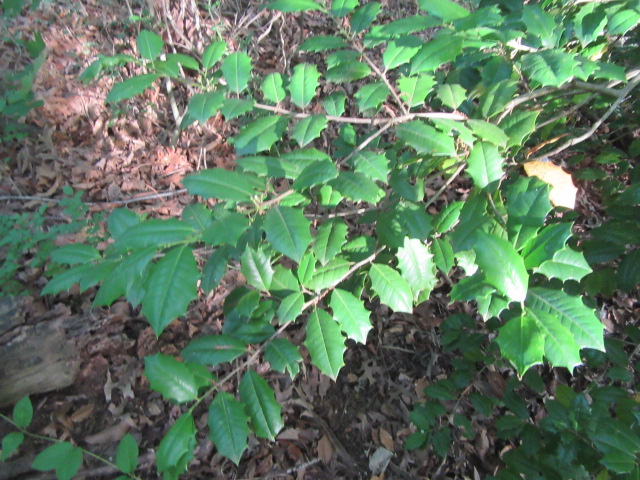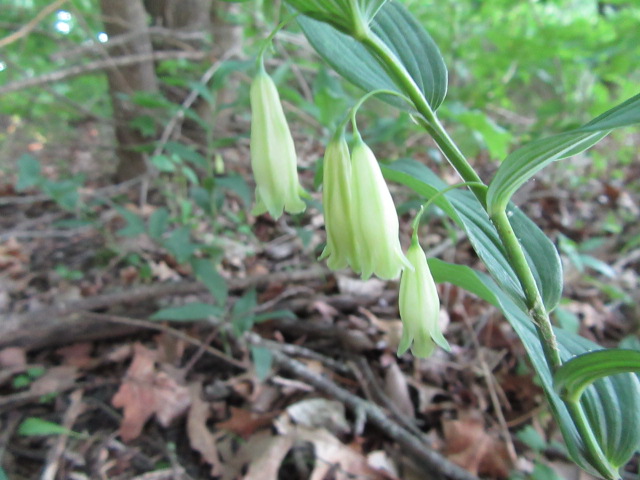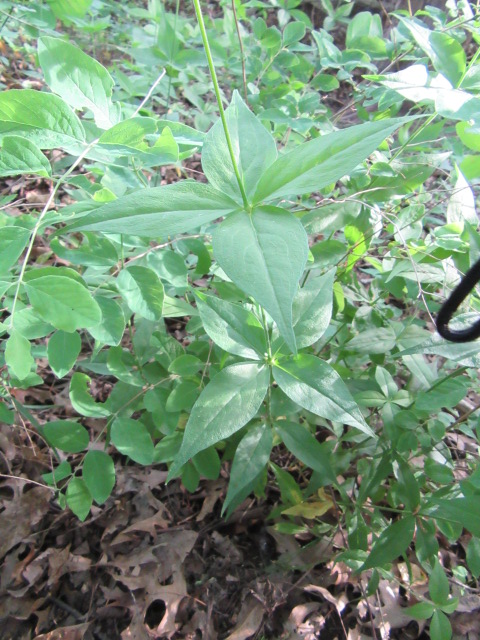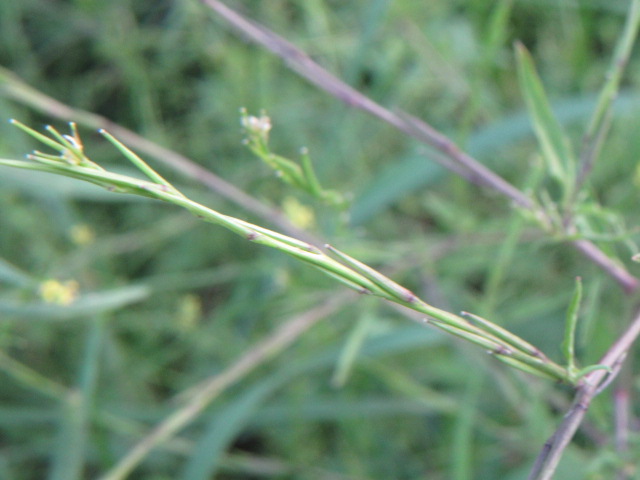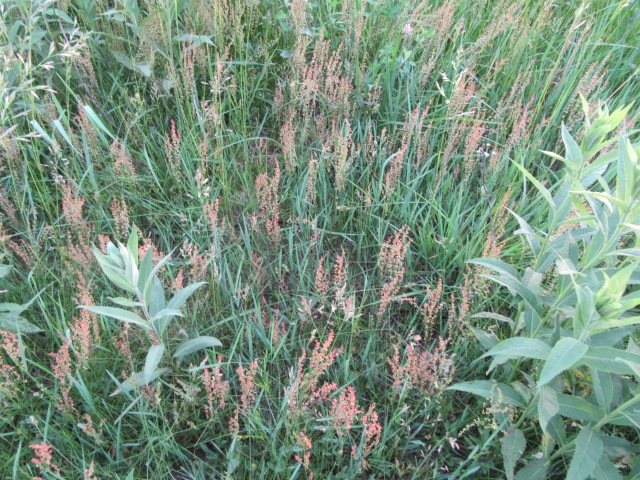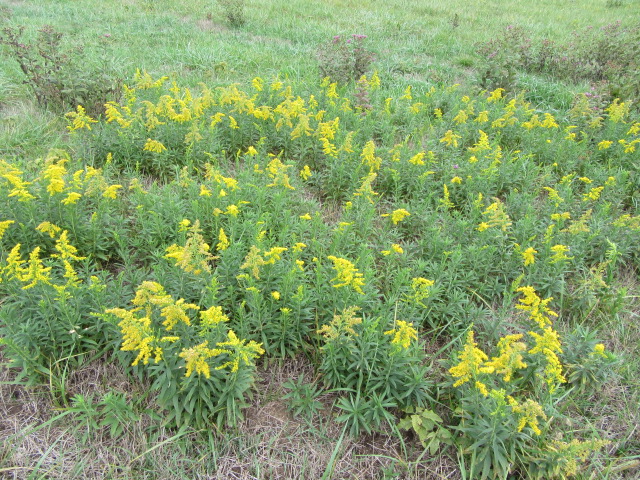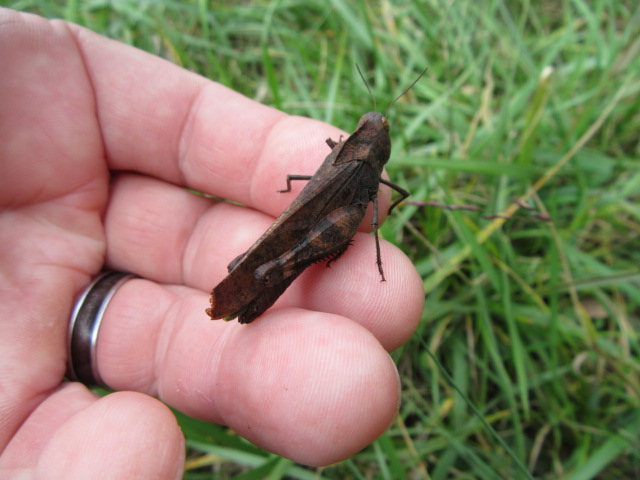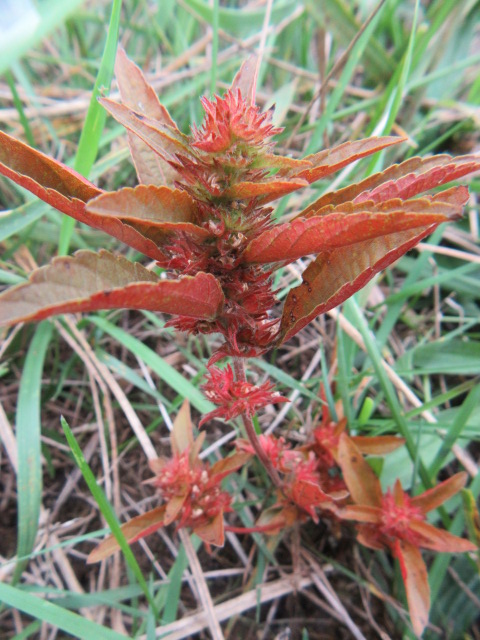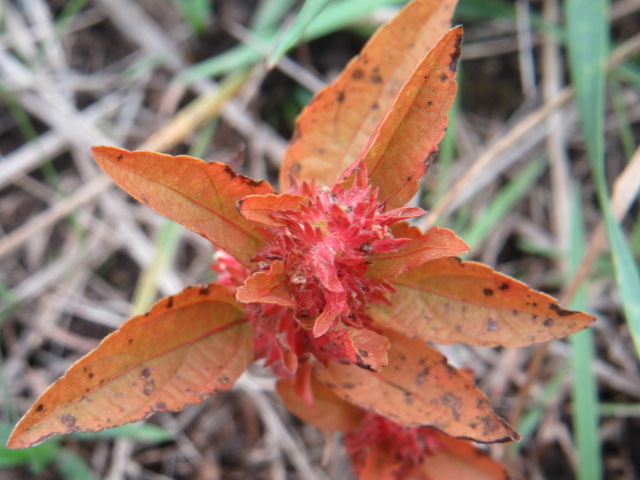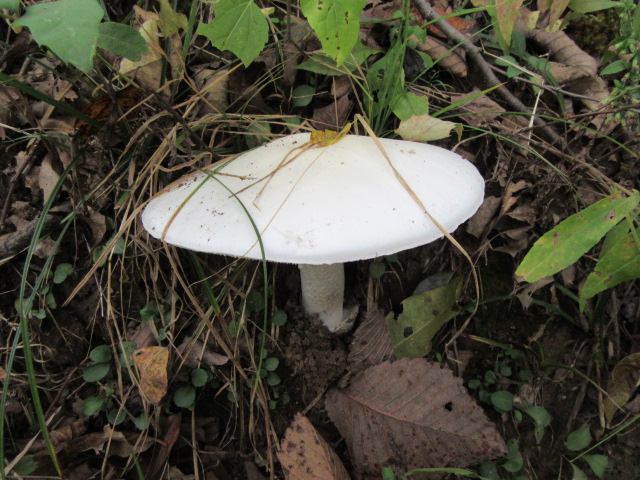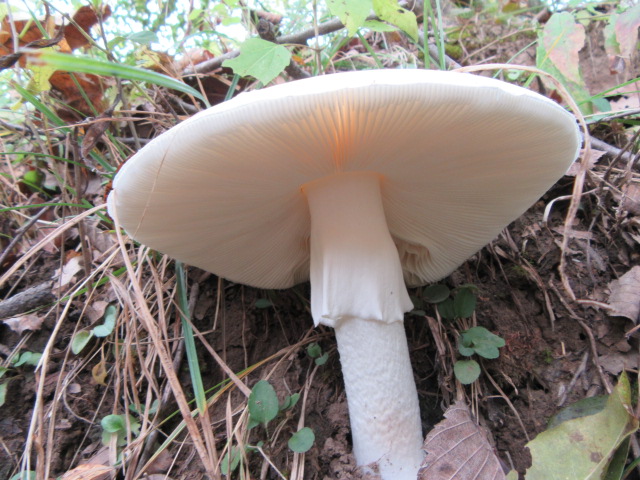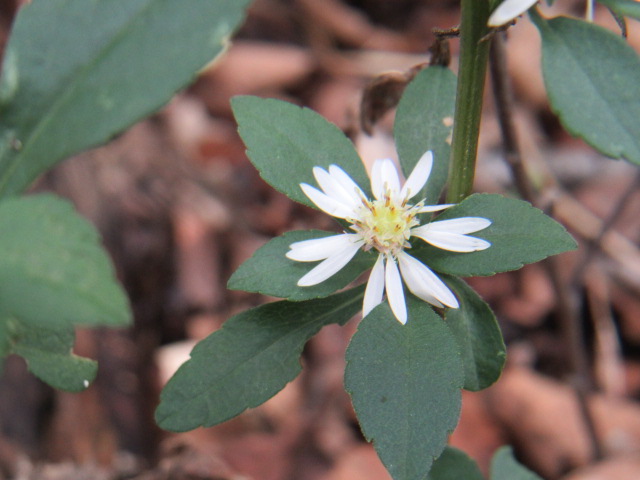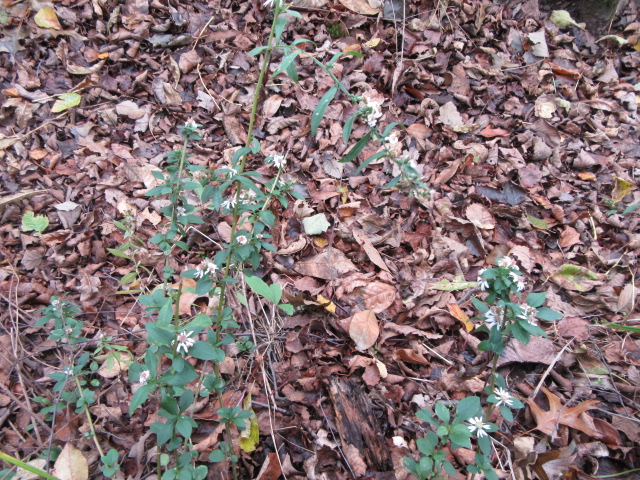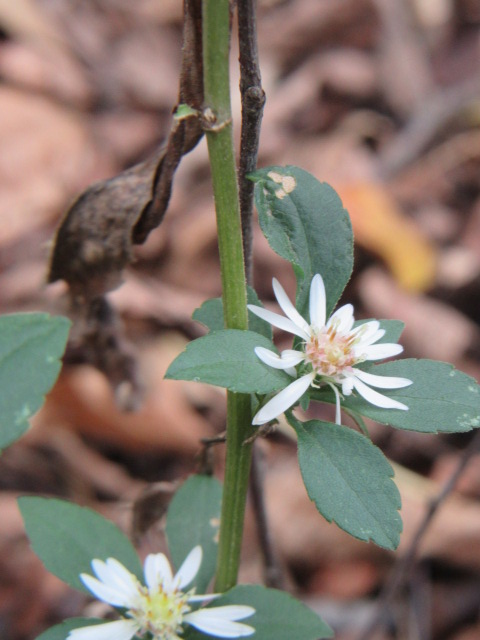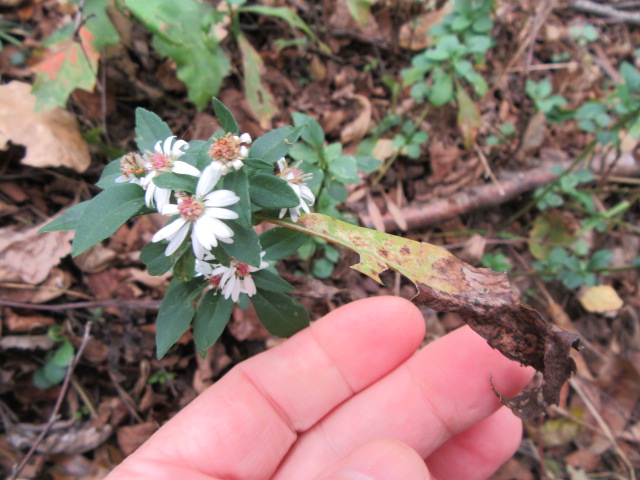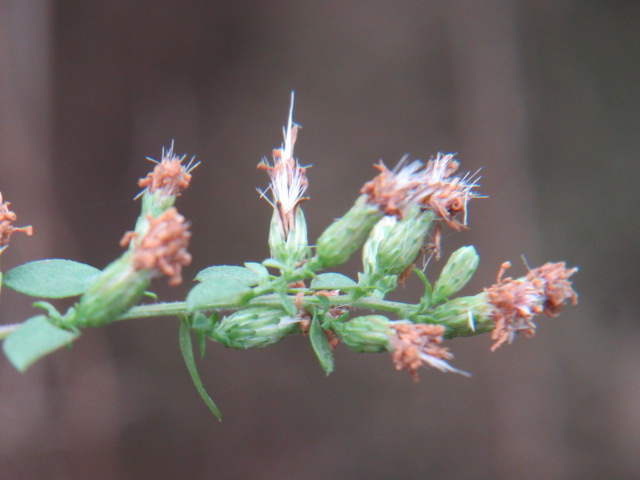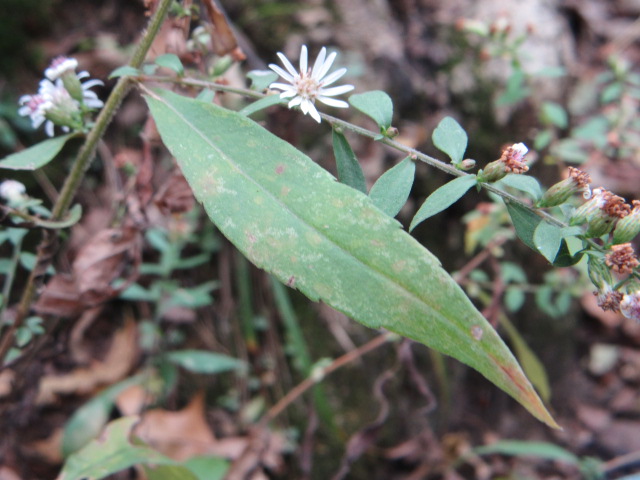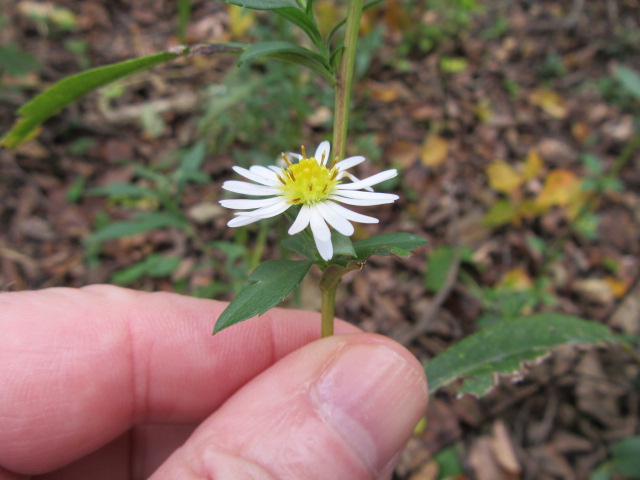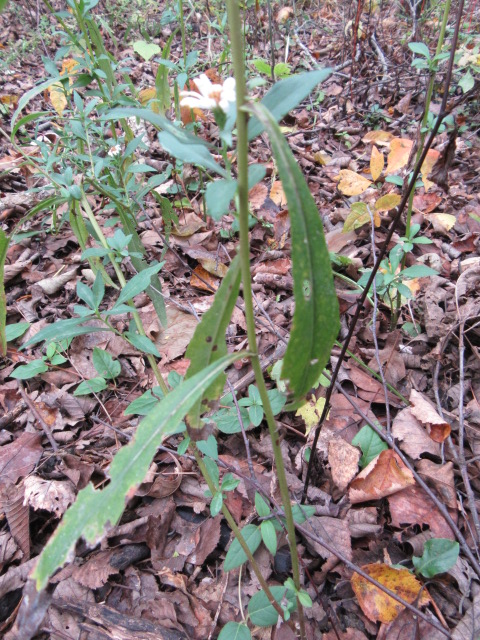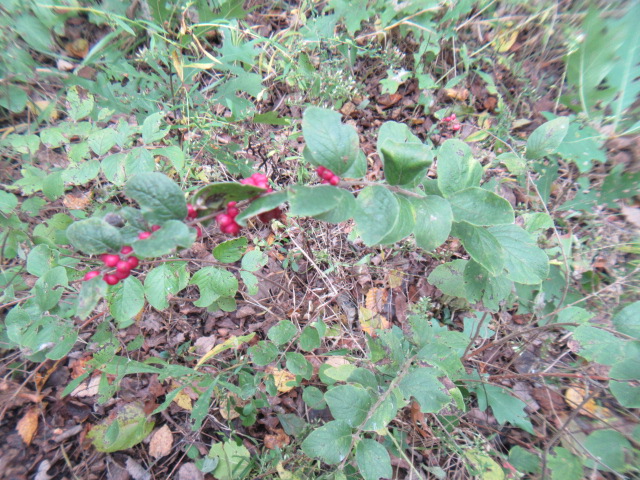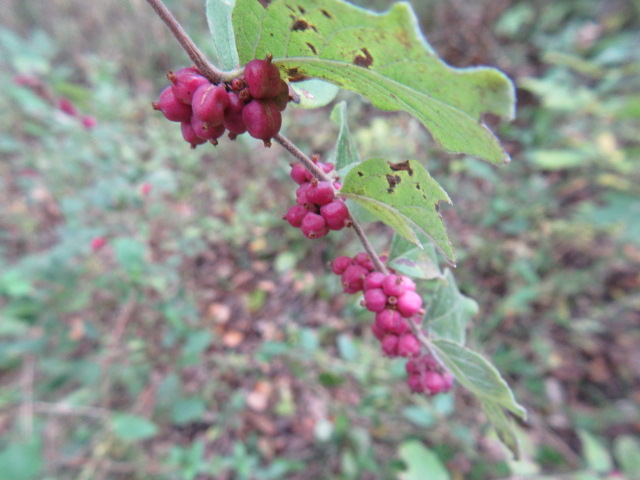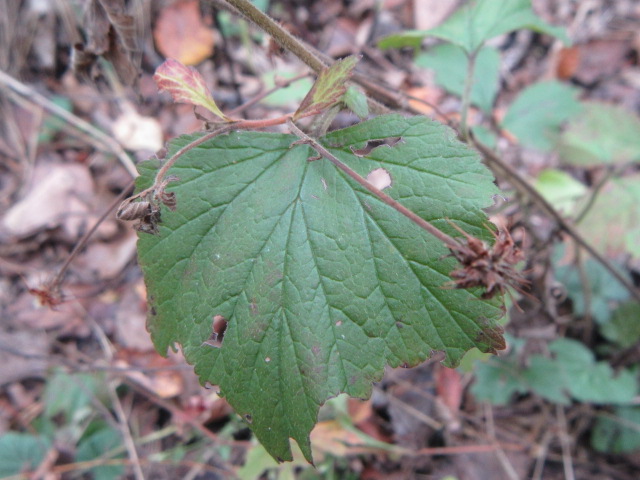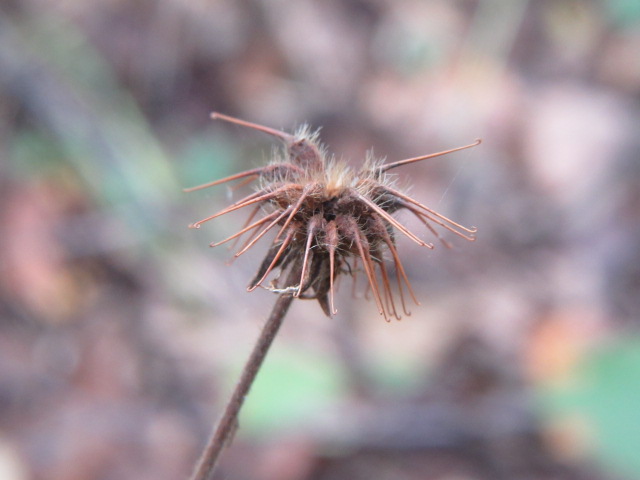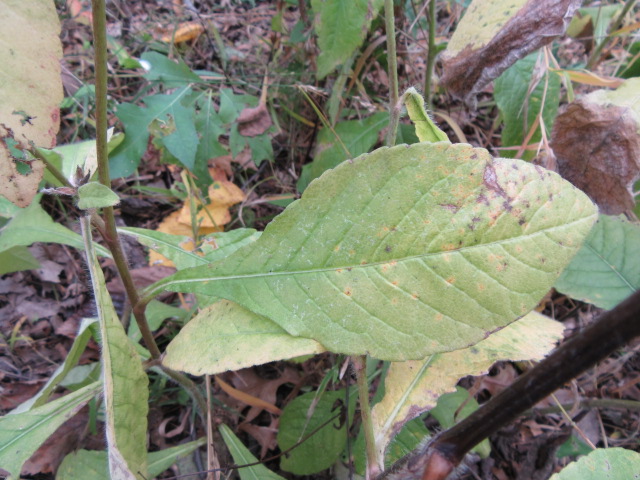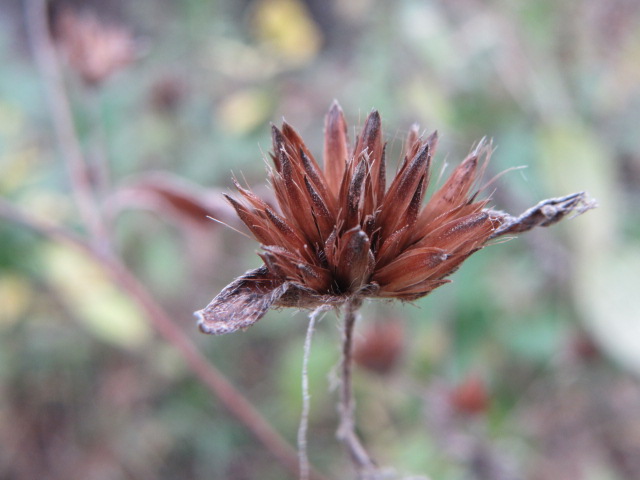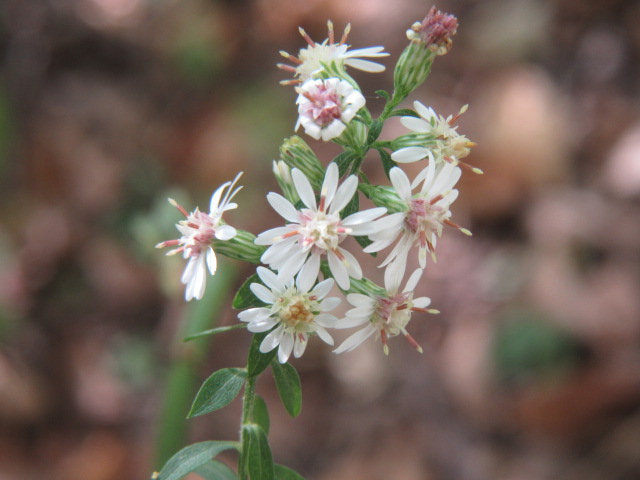
Symphyotrichum lateriflorum (Calico Aster) on 10-9-22, #916-11.
Hello everyone! I hope this post finds you well. The past week has been fairly cool and it finally rained. This is a perfect time of the year to get dirty and do some fall cleanup.
One of the most baffling genera of plants on the farm has been the Symphyotrichum. Even pronouncing it can be a challenge. It’s pronounced sim-fy-oh-TRY-kum… With the help of a curator from iNaturalist, I have figured out the last three of seven species on the farm. That is until I find another species.
BEFORE I GET TOO CARRIED AWAY…
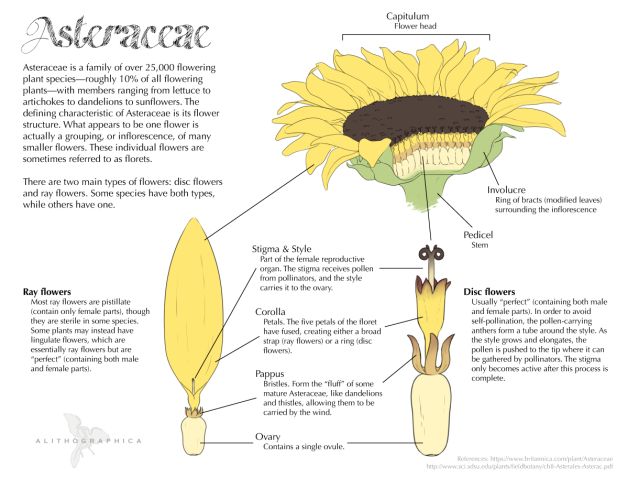
The above image was created by Jenn Deutscher and used here by permission. Her website is Alithographica and can be found online at www.alithographica.com. Retrieved on November 1, 2022.
My thanks to Jenn Deutscher for allowing me to use her illustration above. There is a good write-up about her on her website (linked above). She has won many awards and it is an honor for her to allow me to use just a small sample of her work here.
Explaining flower parts is somewhat confusing without something to go by, so I found the above image online. Flowers of the plant family Asteraceae are very complex. They may appear to be simple flowers, but really there are no simple flowers. Some species in the family have over 1,000 flowers in a single head. I tried writing about the parts, but it became very complex… Kind of reminded me of the old game we used to play as kids called Operation… I will explain a little as we go along.
You can read more information about the flowers in the articles supplied by Britannica article and Wikipedia. You can also click on the plant’s name under its first photograph which will take you to its own page. There are several links at the bottom of each page.
You may not remember a previous post from last fall, but I found two species I couldn’t figure out. After a few days of their discovery, we had a good ZAP and that was that. I watched them throughout this summer but that was a waste of time since Symphyotrichum species here are fairly late bloomers. When they finally did produce flowers I was surprised…
The two species in question were Symphyotrichum lateriflorum (Calico Aster) and Symphyotrichum ontarionis (Ontario Aster). Last fall when I first found them was a lot different. There was a colony of S. lateriflorum along the drainage ditch behind the north pond at the back of the farm and the S. ontarionis were behind the south pond along the fence. Umm… Both ponds are next to each other and I really never got the story behind that. I seem to remember the south pond being dug when I was a kid and perhaps grandpa was going to make one big pond. The north pond is spring-fed but it does dry up. The south pond never dries up, but the water is always brownish whereas the water in the north pond is always clear. It’s just weird. When I was a youngster, and even a teenager, I didn’t think to ask about it.
Anyway, back to where I was going… Last fall, the S. lateriflorum along the ditch still had quite a few flowers, and there were only a few plants behind the south pond. The plants along the ditch appeared to have been damaged, like from deer foraging, and were short with a lot of smaller leaves. The plant I photographed behind the pond with a few flowers was erect. The flowers in both areas were similar in size and one could have easily said they were the same species. I submitted separate observations of plants in both areas on iNaturalist and then contacted a curator who suggested a different curator. This guy identified them correctly as Symphyotrichum lateriflorum along the ditch and S. ontarionis behind the south pond. Another member disagreed with one observation of S. lateriflorum (but he was correct). At the time, he didn’t say why and I just took his word. I read descriptions online, but they were clear as mud since the S. lateriflorum plants had been damaged.
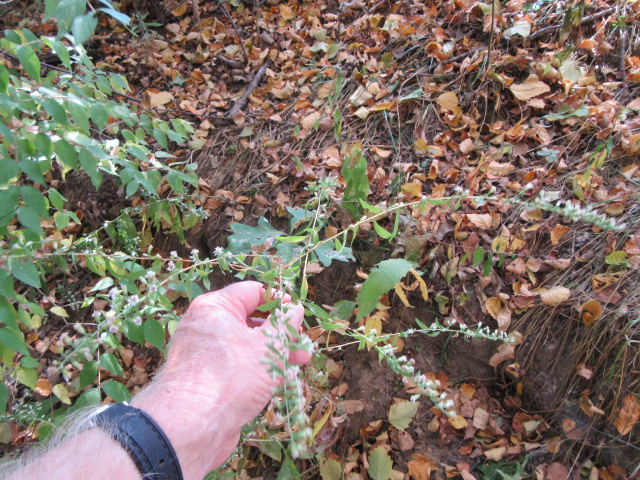
Symphyotrichum lateriflorum (Calico Aster) behind the south pond on 10-9-22, #916-26.
So, all summer long as I watched the two species growing, they all seemed to be doing the same thing. That’s when I thought maybe they were all the same species after all, likely S. lateriflorum… Then, when they started flowering there were S. lateriflorum everywhere. I was thinking that because plants along the ditch looked like the plants behind the south pond. Then, completely by accident, I spotted a few plants whose flowers were different and they didn’t have sprawling branches… I took photos, of course. Then, as I was leaving the area, I discovered ANOTHER species with hairy leaves. I took photos of that one, too, which turned out to be S. pilosum (Hairy White Oldfield Aster) that is common around where the barn is.
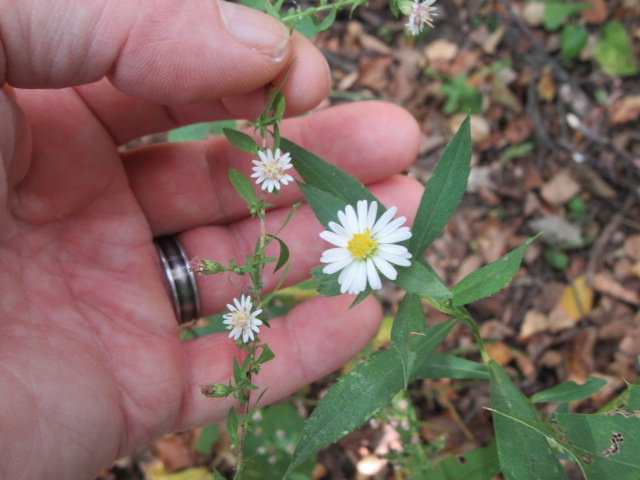
Symphyotrichum ontarionis (Ontario Aster) on the right and S. lateriflorum (Calico Aster) on the left on 10-9-22, #916-32.
This time, when I submitted the photos on iNaturalist, I contacted the curator from before. This time, he wrote why he agreed with the submission… The above photo shows S. ontarionis on the right with larger flowers and brighter yellow disc florets. The S. lateriflorum on the left has smaller flowers, creamy discs, and fewer white ray petals…
OK, let me just say a few things… The ray “florets” (petals, etc.) are what you likely notice first. What looks like an ordinary flat petal is actually tubular. Farther down the petal, you have the corolla that surrounds the stigma and style of the female flower. The disc flowers (florets) in the center contain both female and male parts and are considered perfect flowers.

Symphyotrichum lateriflorum (Calico Aster) on 10-9-22, #916-23.
With Symphyotrichum species, you have to take a close look at the flowers. Count the ray petals (ray florets) and look at the color of the disc flowers. Then, look at the involucral bracts (phyllaries) under the flower head. With Symphyotrichum lateriflorum, there will be 8-16 rays (depending on what site you look at, and what flower you look at) that are usually white. Other species have MORE. The disc florets in the center will be a creamy yellow whereas other similar species will be brighter yellow. These will turn a reddish pink with age and later brown on both S. lateriflorum and S. ontarionis. The involucral bracts of S. lateriflorum, are usually appressed (meaning they lay flat), and in 3-4 layers. The bracts of other species are somewhat “inrolled” toward the base and then “reflexed” where the tips of the bracts curl slightly outward. In the above photo, the flowers are 1/3″ or so wide. The flowers of S. lateriflorum tend to grow on one side of the flowering stems which is another characteristic of the species.
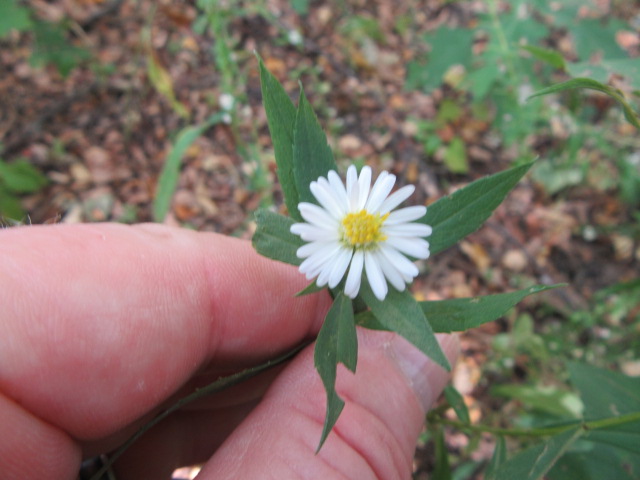
Symphyotrichum ontarionis (Ontario Aster) on 10-9-22, #916-31.
The flowers of Symphyotrichum ontarionis have 16-28 ray florets (ray petals, etc.) with brighter yellow disc florets. It gets more confusing the more websites you read descriptions from. Some list different numbers. GEEZ! The rays are also in 2-3 series which seem to overlap. Information online says the diameter of the flowers are 1/3-1/2″ diameter, but this one was 3/4″. The flowers grow on panicles but when I took the photos, there were only a few flowers open. The curator from iNaturalist said these could be S. lanceolatum, but I am leaning toward S. ontarionis because they prefer growing in wooded areas. S. lanceolatum prefers full sun. There are other reasons as well…
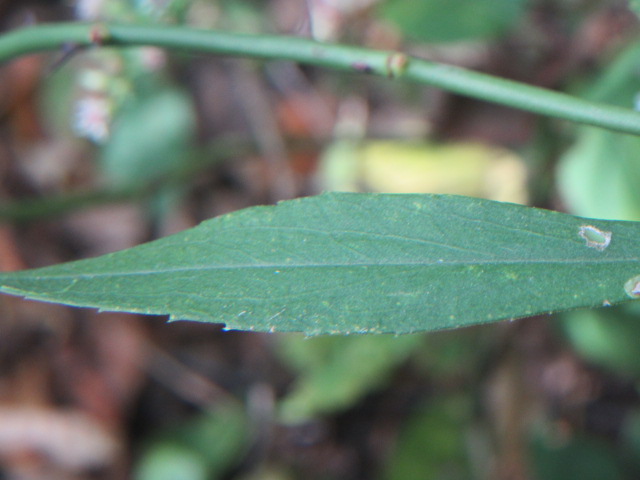
Symphyotrichum ontarionis (Ontario Aster) on 10-9-22, #916-34.
The leaves are also controversial from site to site. It is very hard to see, but there are very tiny hairs on the upper surface, giving them a hard-to-explain feel. Almost smooth, but not quite. The undersurface of the leaves are similar, but the hairs are somewhat longer on the veins. Again, that could apply to either one or both species. I couldn’t tell the difference between either species as far as the leaf hair was concerned. Longer is still barely visible. The margins of the longer leaves are toothed from the midpoint.
Well, I think I have said enough about the S. lateriflorum and S. ontarionis. You can go to their pages, look at the photos, and go to the links at the bottom of the page to check out the other links if you want. Click HERE for S. lateriflorum and HERE for S. ontarionis. Ummm… I may be still working on their pages as far as descriptions are concerned, but there are a lot of photos. Oh yeah, I am going to move them around a bit, too. A work in progress. 🙂
<<<<Symphyotrichum lanceolatum>>>>
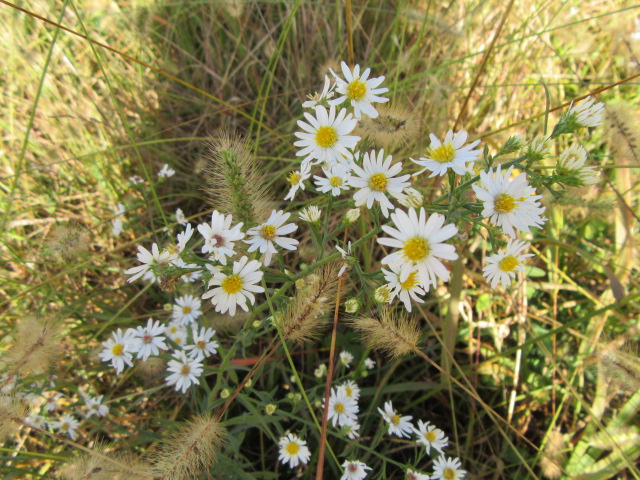
Symphyotrichum lanceolatum (Tall White Aster) on 10-9-22, #916-8.
Walking through the pasture on my way back from taking photos behind the pond, I ran across a small colony of what I thought could be Symphyotrichum lanceolatum (Tall White Aster). After all, they were growing in full sun instead of in a wooded area. It was very windy, so getting good close-ups was pretty much out of the question. I tried…
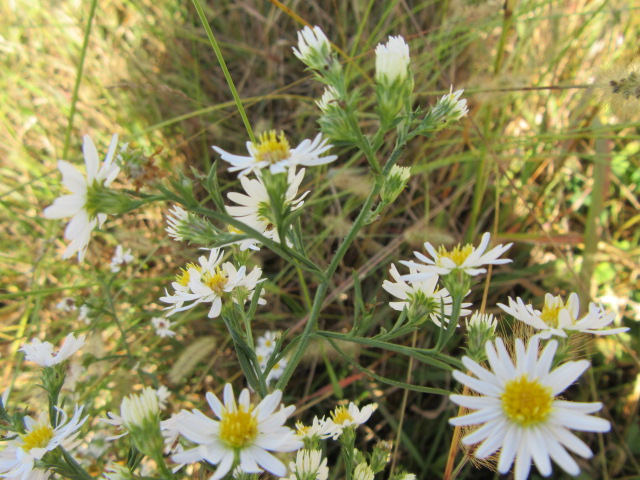
Symphyotrichum lanceolatum (Tall White Aster) on 10-9-22, #916-9.
Typically, S. lanceolatum have flower heads that are 1/2-1″ in diameter and have 16 to 50 ray florets in 1 or 2 series (you can see this where they overlap). Different websites give different numbers, and they are usually white but can be bluish to violet. The disc florets in the center number from 15-40, are brighter yellow, turning a reddish-pink with age. The involucre is cup-shaped to bell-shaped. The bracts (phyllaries) are in 3-5 (6) unequal, overlapping series. They are appressed to slightly spreading… The plants produce quite a number of flowers on long panicles arising from the upper leaf nodes. Missouri Plants says the leaves of S. lanceolatum are very smooth, almost balloon-like, except for a few hairs along the margins.
I only found two plants on the south side of the main hayfield growing among literally thousands of Erigeron annuus (Annual Fleabane). I looked very carefully. The involucre of the Erigeron annuus is completely different and they have MANY more very slender ray petals.
<<<<Symphyotrichum novae-angliae>>>>
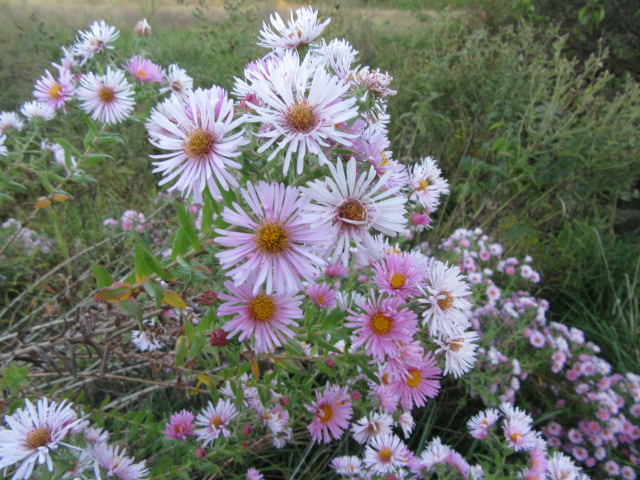
Symphyotrichum novae-angliae (New England Aster) on 10-1-22, #913-15.
The clump of Symphyotrichum novae-angliae (New England Aster) finally came up and bloomed again. I began to wonder since they came up so late. They are a perennial like the other Synphyotrichum species, but this species hasn’t spread. I have no idea why and it is weird. The multiple stems grow so tall they can’t stand up. Last year, I measured one of the stems at 78″ tall. The Missouri Botanical Garden says they have a “robust, upright growth habit…” Hmmm… That is until they flop over. It would be a spectacular sight if they stayed upright, but they fall over even before the flowers open.
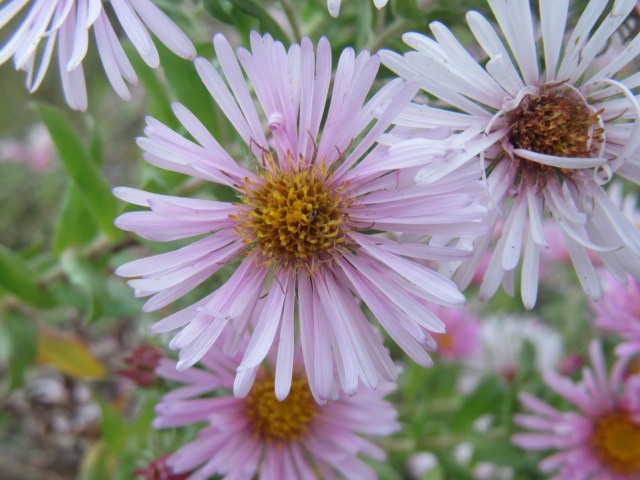
Symphyotrichum novae-angliae (New England Aster) on 10-1-22, #913-16.
I am not particularly into pink, which I have mentioned before, but these flowers are pretty neat. The flower I measured was 1 1/2″ wide and I didn’t bother to count the ray florets. Information online says there are 50-100! You would think with all flowers that are produced they would spread by seed.
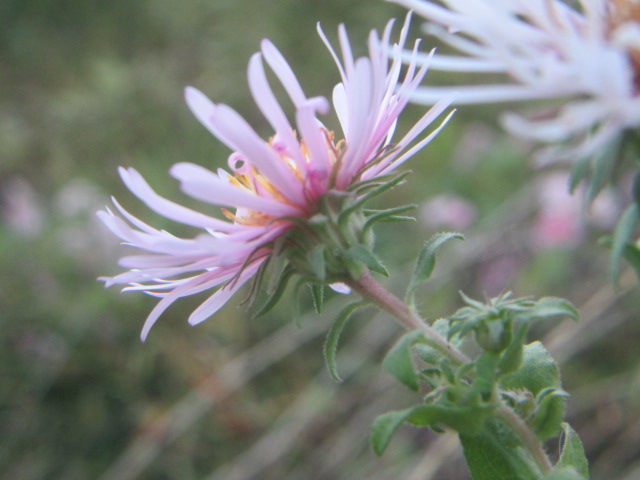
Symphyotrichum novae-angliae (New England Aster) on 10-1-22, #913-17.
No use in denying their involucral bracts are reflexed! They are in 3-6 unequal, overlapping series.
<<<<Symphyotrichum pilosum>>>>
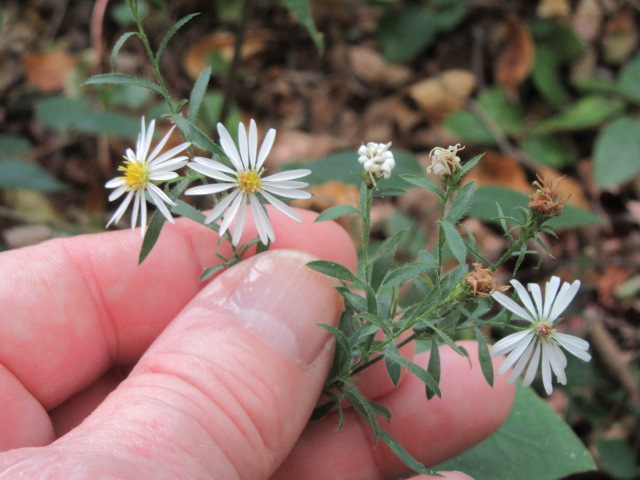
Symphyotrichum pilosum (Hairy White Oldfield Aster) on 10-9-22, #916-35.
This Symphyotrichum pilosum (Hairy White Oldfield Aster) is the one I found growing close to the S. lateriflorum behind the south pond. It isn’t really a good example since the plants growing close to the barn in full sun are LOADED with small white flowers. I was going to take their photos but it was getting late and the sun was going down. After that, it was either windy or rainy, and then we had an “F” which put an end to the whole idea.
The flower heads are from 1/4-3/4″ wide and have 15-35 pistillate ray flowers (florets, petals). The discs are yellow turning reddish with age. The involucral bracts are weird in that they are kind of inrolled at the base then turn outward, then curve upward.
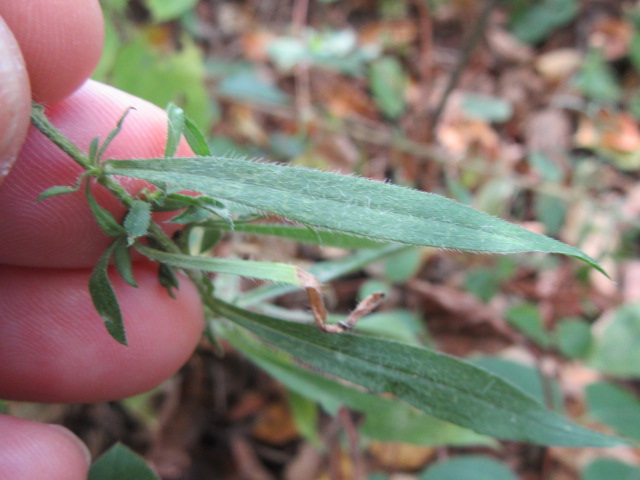
Symphyotrichum pilosum (Hairy White Oldfield Aster) on 10-9-22, #916-37.
The fact that their leaves (and stems) are hairy (pubescent) is a definite indicator that this species is S. pilosum. These plants can grow to around 5′ tall in the right conditions.
<<<<Symphyotrichum praealtum>>>>
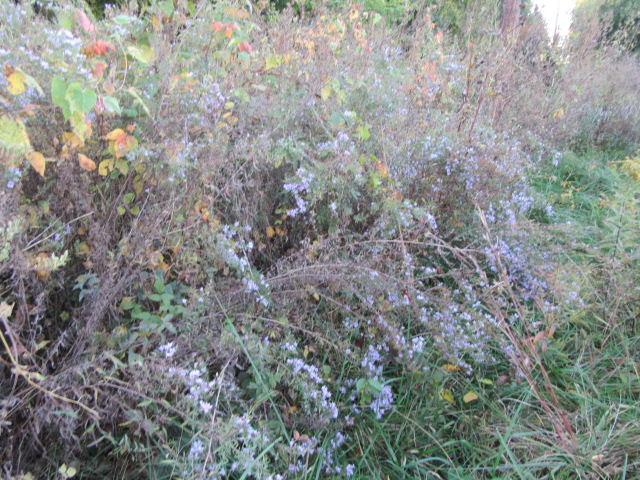
Symphyotrichum praealtum (Willowleaf Aster) on 10-12-22, #918-5.
Talk about spreading… The Symphyotrichum praealtum (Willowleaf Aster) has no problems with that. I have taken photos of this species since 2018 but I didn’t get them identified until last year. They grow along the south side of the farm and nowhere else here. They grow in a few areas in front of the blackberry briars in the south hayfield all the way up to the gate along the fence entering the front pasture.
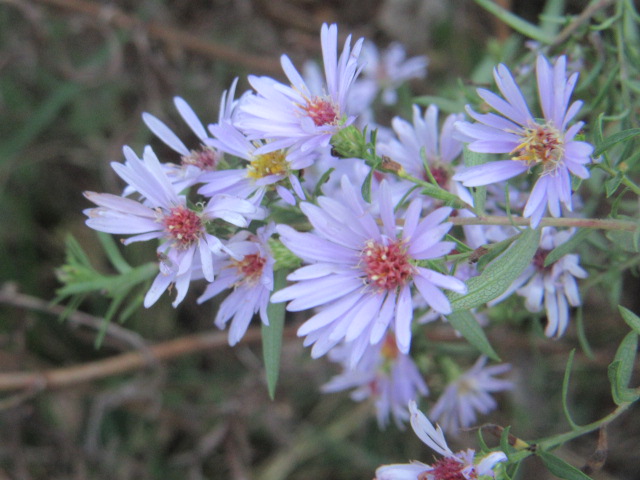
Symphyotrichum praealtum (Willowleaf Aster) on 10-12-22, #918-10.
This species has 20-35 lavender rays in 1-2 series. The yellow disc florets turn reddish purple with age (and it doesn’t take long). It seems that Symphyotrichum species are in such a big hurry since they bloom so late… The flower heads are 1/2-3/4″ across (or so)…

Symphyotrichum praealtum (Willowleaf Aster) on 10-12-22, #918-12.
The involucral bracts are slightly reflexed…
Symphyotrichum praealtum can get very tall, much taller than me.
Well, I guess I should be relieved the Symphyotrichum species here on the farm have been properly identified. At least for the most part. I’m not saying I am quite sure about S. lanceolatum, but I am fairly confident. GEEZ! If I missed talking about something important, just let me know. I am no expert, but I may be able to answer your question.
Now, I will have to check the seeds of the Euphorbia davidii and E. dentata to see if they are dry enough for an ID. Seems silly to have it down to the seeds for a proper ID. What if their seeds were variable. too. After that, the Euphorbia post will be ready.
Until next time, be safe and stay positive. Always be thankful and GET DIRTY! Be thankful you can GET DIRTY!
